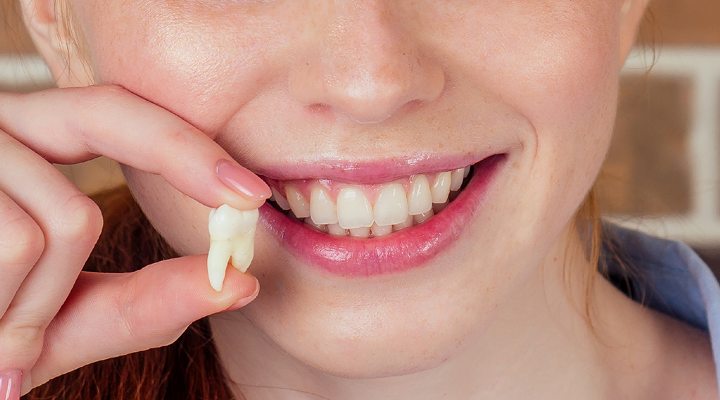
Wisdom teeth, also known as third molars, are the last set of teeth to emerge in the human mouth. Typically appearing between the ages of 17 and 25, these perplexing teeth may sometimes discomfort.
But why do we have wisdom teeth in the first place?
To answer this, let’s explore the origins, function, and common problems associated with wisdom teeth, and discuss modern approaches to managing them.
The evolutionary purpose of wisdom teeth
Historically, wisdom teeth were essential for our ancient ancestors’ diet. Early humans primarily consumed a tough, coarse diet consisting of roots, nuts, leaves, and raw meat. This diet required a robust set of molars to grind down food efficiently.
Over time, food preparation techniques evolved. For example, the development of early tools and the ability to control fire allowed our ancient ancestors to cook food, making it “easier for the body to digest and get nutrients.” Because of these changes, the need for these additional molars diminished.
Changes in jaw size
Another significant factor is the size and structure of our jaws. Our ancestors had larger jaws to accommodate the extra teeth needed for their diet. However, as human diets changed and cooking methods developed, our jaws became smaller. This reduction in jaw size often leads to insufficient space for wisdom teeth to erupt properly, causing them to become impacted or misaligned.
Wisdom teeth in modern times
Today, wisdom teeth are often more problematic than beneficial. Common issues include:
- Impaction: When there isn’t enough space for wisdom teeth to emerge, they can become trapped or impacted within the jaw, leading to pain and potential infection. It can also lead to crowding.
- Crowding: Emerging wisdom teeth can push against existing teeth, causing misalignment and crowding.
- Decay and gum disease: Wisdom teeth are located at the back of the mouth, making them difficult to clean properly. This can lead to cavities, gum disease, and other oral health issues.
Do we still need wisdom teeth?
Given the problems associated with wisdom teeth, many people wonder if they still serve a purpose. For most individuals, wisdom teeth are considered vestigial structures—body parts that have lost their original function through evolution. In other words, while they were once vital for our ancestors, they are now mostly unnecessary and can even be detrimental to oral health.
Wisdom teeth removal
For those who experience problems with their wisdom teeth, or will when they begin to erupt, dental professionals often recommend removal. Regular dental check-ups and X-rays can help your dentist monitor the development and position of wisdom teeth, allowing for timely intervention if issues arise.
If it’s determined that removal is best, your dentist will likely refer you to an oral surgeon for the procedure. Although the procedure may seem intimidating, it’s very common and will prevent you from experiencing pain, infection, and oral health problems in the future.
What to expect during a wisdom tooth removal:
- Numbing: The oral surgeon may give you an injection to numb the area around the tooth, so you don’t feel pain during the procedure. In some cases, you may be put under sedation or general anesthesia if the procedure is more complex.
- Accessing the tooth: Once you have been numbed or put under anesthesia, the oral surgeon will make a small cut in the gum to expose the tooth and bone. If the tooth has already emerged from the gum, this step may not be necessary.
- Removing the tooth: If the tooth is large or impacted, the oral surgeon might break it into smaller pieces for easier removal.
- Cleaning the site: Once the teeth are extracted, the oral surgeon will clean the area to remove any debris from the tooth or bone. They may stitch the gum to help it heal properly.
- Gauze placement: After the procedure, gauze is placed over the site to control bleeding and help form a blood clot.
The process usually takes about 45 minutes to an hour, and you’ll be given aftercare instructions to ensure proper healing. Be sure to follow your dentist or oral surgeon’s aftercare instructions to prevent problems such as infection or dry socket.
Key takeaways about wisdom teeth
Wisdom teeth are a fascinating remnant of our evolutionary past. While they once played a role in our ancestors’ ability to eat food, changes in diet, available tools, and jaw size have rendered them largely unnecessary—and often problematic—in the modern world.
For more information about wisdom teeth, check out, “Wisdom teeth removal (extraction)”.
